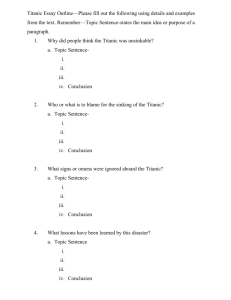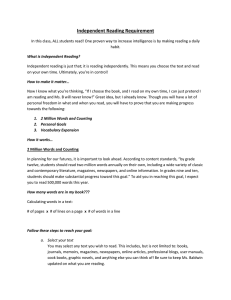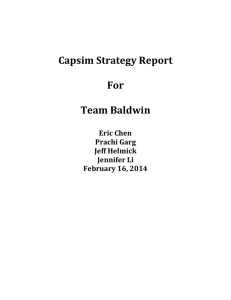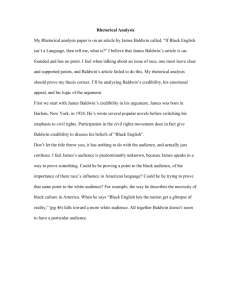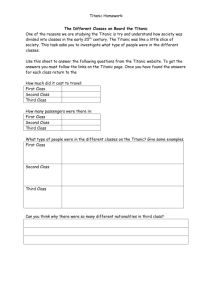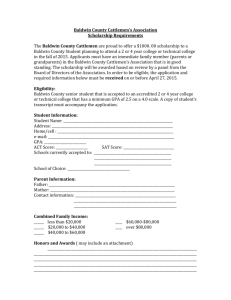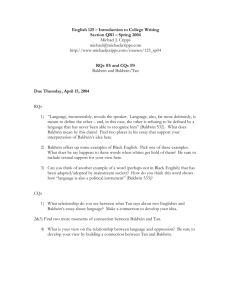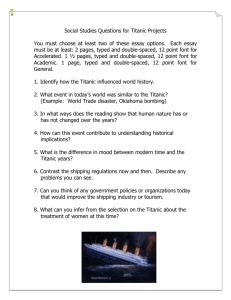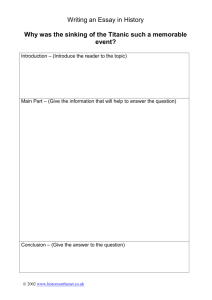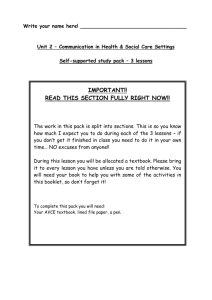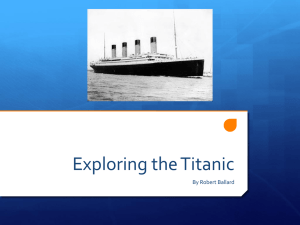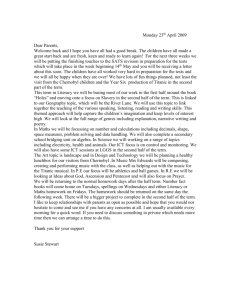Titanic Essay Questions: Analysis & Discussion
advertisement
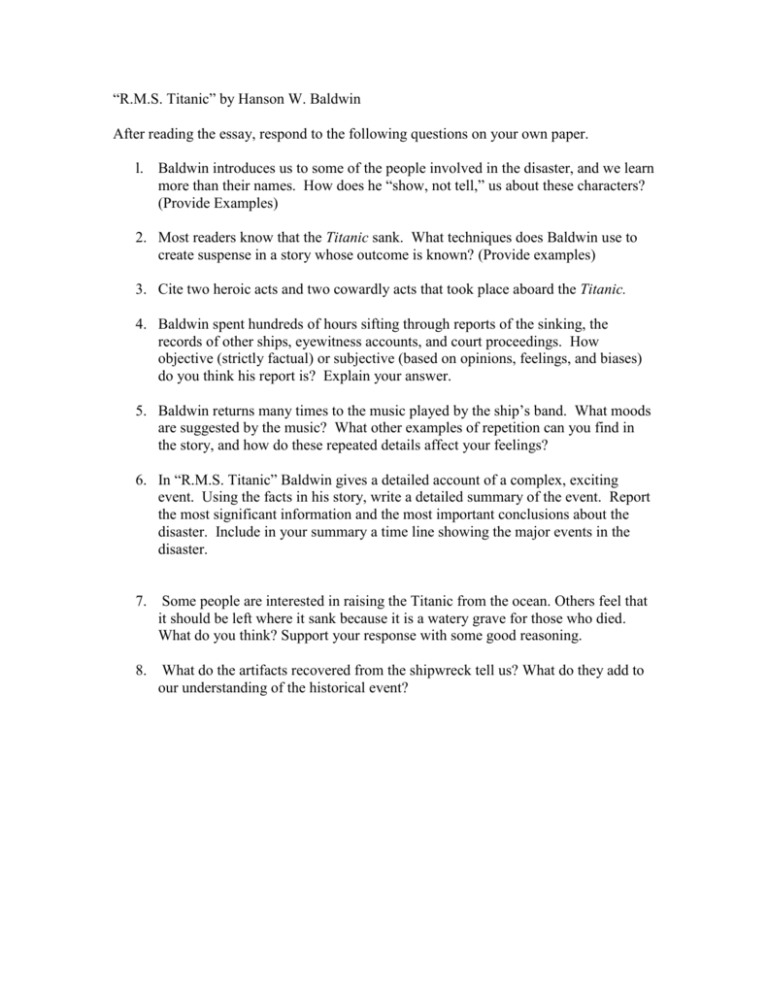
“R.M.S. Titanic” by Hanson W. Baldwin After reading the essay, respond to the following questions on your own paper. l. Baldwin introduces us to some of the people involved in the disaster, and we learn more than their names. How does he “show, not tell,” us about these characters? (Provide Examples) 2. Most readers know that the Titanic sank. What techniques does Baldwin use to create suspense in a story whose outcome is known? (Provide examples) 3. Cite two heroic acts and two cowardly acts that took place aboard the Titanic. 4. Baldwin spent hundreds of hours sifting through reports of the sinking, the records of other ships, eyewitness accounts, and court proceedings. How objective (strictly factual) or subjective (based on opinions, feelings, and biases) do you think his report is? Explain your answer. 5. Baldwin returns many times to the music played by the ship’s band. What moods are suggested by the music? What other examples of repetition can you find in the story, and how do these repeated details affect your feelings? 6. In “R.M.S. Titanic” Baldwin gives a detailed account of a complex, exciting event. Using the facts in his story, write a detailed summary of the event. Report the most significant information and the most important conclusions about the disaster. Include in your summary a time line showing the major events in the disaster. 7. Some people are interested in raising the Titanic from the ocean. Others feel that it should be left where it sank because it is a watery grave for those who died. What do you think? Support your response with some good reasoning. 8. What do the artifacts recovered from the shipwreck tell us? What do they add to our understanding of the historical event?
